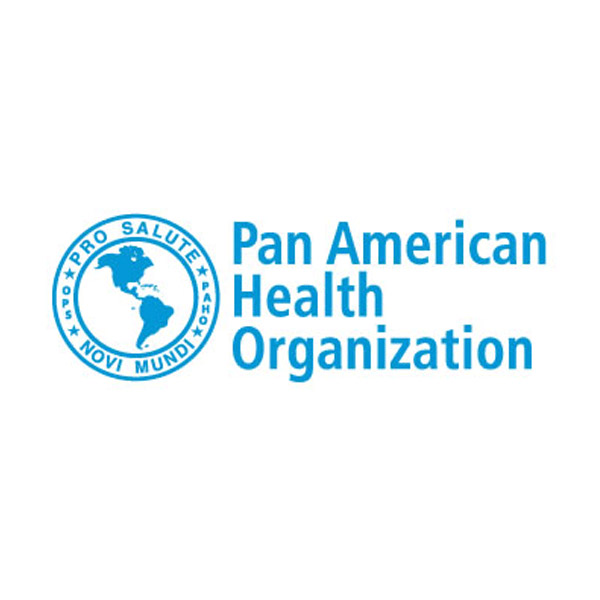The new PAHO guidelines include a laboratory algorithm created to rule out the most frequent viral hepatitis (A, B, C, D and E), and other diseases endemic to the region which could cause liver damage, such as malaria, yellow fever and leptospirosis.
Human adenovirus – which generally causes mild, self-limited gastrointestinal or respiratory infections in chidren – is among the infectious agents being investigated, so the guidelines include the virus as part of the research protocol among other possible infectious causes.
Once other possibilities have been discarded, the PAHO guidance suggests considering additional tests such as a respiratory pathogen panel, or for enterobacteria and other less frequent pathogens. This tiered testing process ensures a rational and cost-effective use of public health laboratory resources.
“These guidelines seek to help gather information to define what is the most likely cause of this hepatitis,” said Jairo Méndez, PAHO regional advisor on viral diseases. “It may be multifactorial, it may be something that is triggered in conjunction with other infectious, toxic or metabolic causes, but we still don’t know, so it is important to analyze the probable cases and shed a little light on the investigation.”
pll/car/ifs









